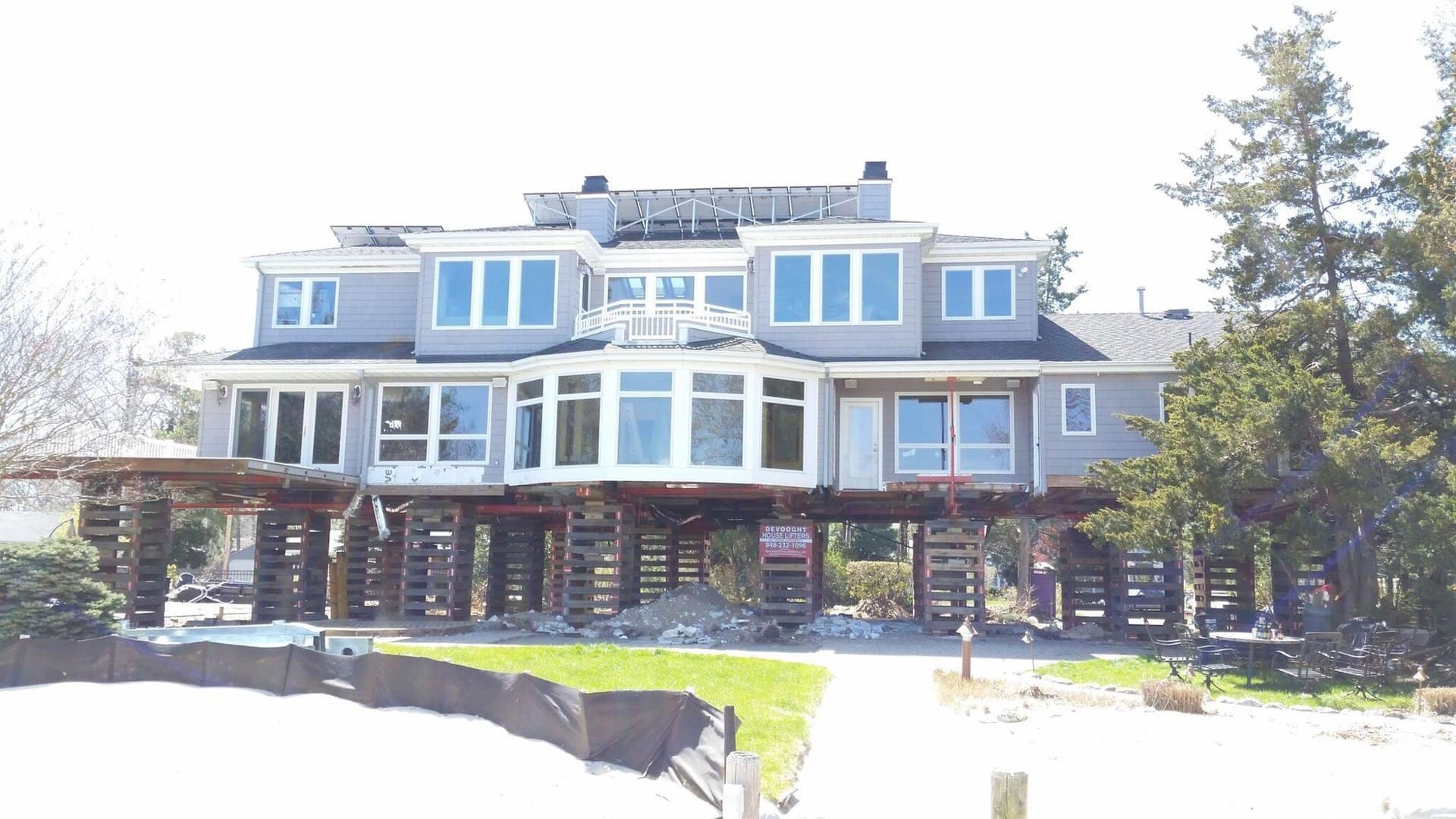House lifting is a great way to increase the value of your home. And sometimes, it’s the only means by which you can make structural repairs to your foundation. Whatever your “why” for house lifting, it’s important to know the factors that impact how much you’ll pay for your project. Below is a list of ten factor that affect the price tag of your house lift.
The Size of Your Home
This may be the most obvious factor, but we still want to include it. The size of your home has a huge impact of the cost of lifting it. While you might pay a flat fee for some services, like consultations, retainer fees, and the like, most of the costs associated with lifting your house will be built around how big your house is because of the extra equipment and manpower it takes to lift larger homes versus smaller ones.
The Design of Your Home
If your home is short and square, it’s going to be much easier to lift than a home with funky designs that lend to a more fragile structure (think interior courtyards or long, narrow additions that jut out from the main structure of the home.) The more compact and sound your home is, the easier it will be to lift.
The Number of Floors
If your house has two (or three or even four) floors, it’s going to cost more to lift than a single floor home. The added weight and the structural considerations of a house twice or three times as tall than another home means your contractor has to take more precautions, have more hands on deck, and use more supports to ensure the safe lifting of a multi-story home.
The State of Your Home
The goal of every house-lifting contractor is to lift your home successfully, safely, and with no damage to the home itself. But if your home is already showing signs of structural weakness, they will have to take extra steps to secure it before a lift. This adds to the time and resources they have to expend on your project, which costs more for you in the end.
The Stability of Your Foundation
If your home’s foundation or slab is unstable, your lifting contractors are going to have to take extra steps to ensure the lift is safe. In most lifts, jacks are placed on the foundation and are used to lift the structure. If your foundation is damaged or unstable, the lifter will have to find an alternate way to lift your home or make special preparations and do more work to see the lift through safely.
The Time Frame in Which You Want It Done
If you are on a time crunch, you can expect to pay more than if you had an open calendar for your house lift. House lifting takes careful attention to detail to ensure that the job is completed to the highest standards of safety and quality. If you want the task completed more quickly than your lifter’s usual time frame, you can expect to pay for the extra labor and extended hours so that your lift is done by your rush deadline.
The Permits You Need to Obtain
Permits are one of the most costly aspects of a house lift. In some instances, it can cost you five thousand dollars. Depending on your governing authorities and what you want to do after you lift your home (repair a foundation, move the home entirely, add a basement, etc.,) you’ll need to get a variety of permits, which adds up quickly.
The Damage It Will Do to Your Landscape
In order for your lifting contractor to have access to your foundation to lift your house, you’ll need to remove all trees, plants, shrubs, and any other landscaping from the work area. This can mean big bucks, especially if you have to have trees cut down.
The Hidden Costs You Are Going to Meet
You can plan for every penny you will spend on your house lifting project. But as with most construction endeavors, hidden costs will pop up here and there. Your lifters might begin the project only to discover you have foundation damage. Or you might discover unknown water damage that needs to be repaired. The possibilities for hidden costs are endless, which is why you need to be prepared to cover those should they arise.
Government Financial Assistance
If you are in a flood zone or an area with a risk of flood damage, you might not have to cover all of the costs of house lifting yourself. FEMA provides funding to certain states and communities for projects, like house lifting, that reduce the long-term risk of flood damage. Before you begin planning your house lift, explore your grant options to see if you qualify for government financial assistance.
Conclusion
House lifting can cost a pretty penny, but it’s worth it if you’re preventing water damage, adding square footage, or making necessary repairs to your foundation. Lifting your house for these reasons will add value to your home and save you money in the long run. Thanks to this list, you have a better idea of what affects costs and what to expect when you hire a house lifter.

